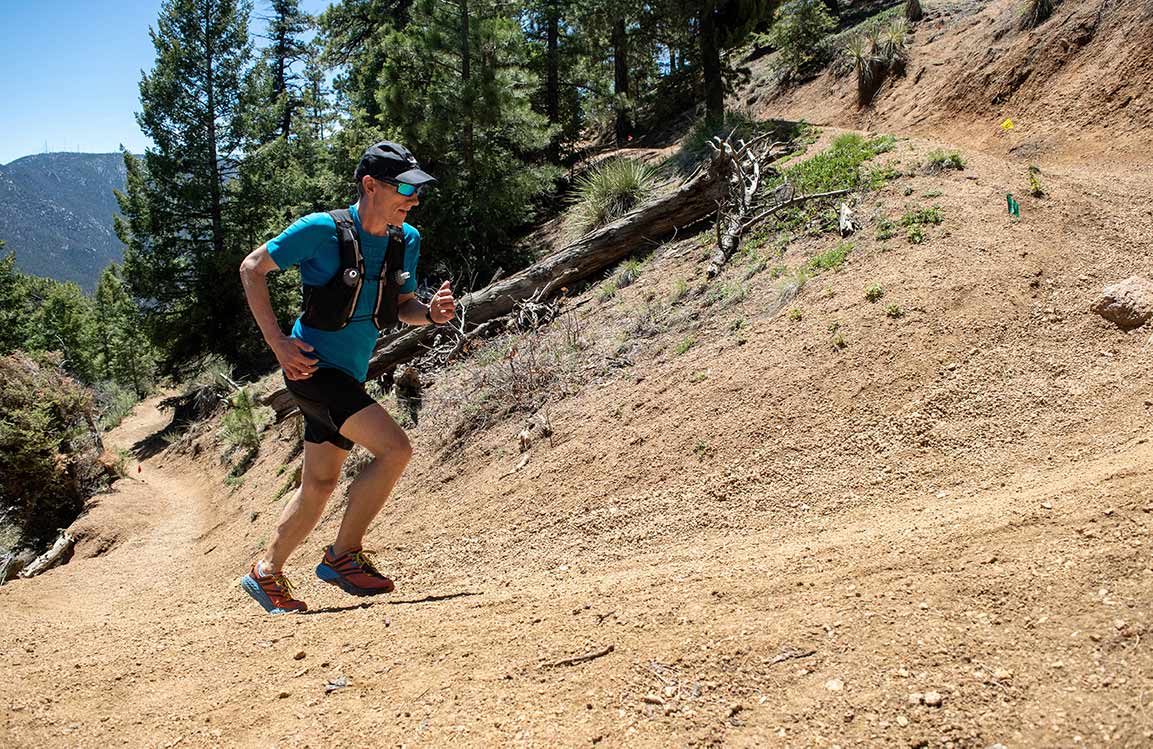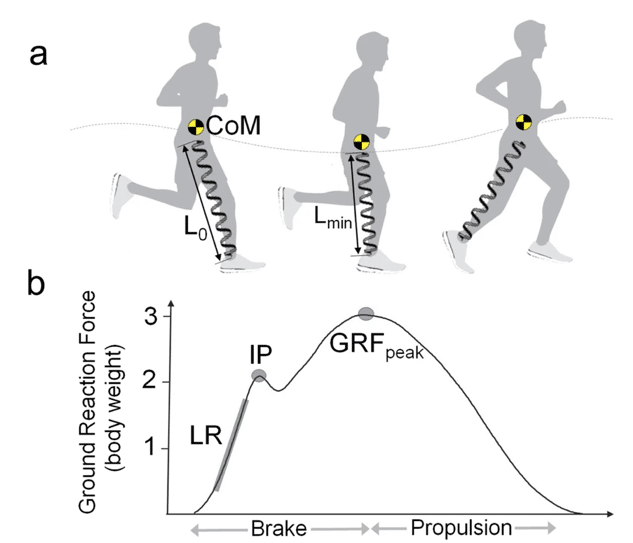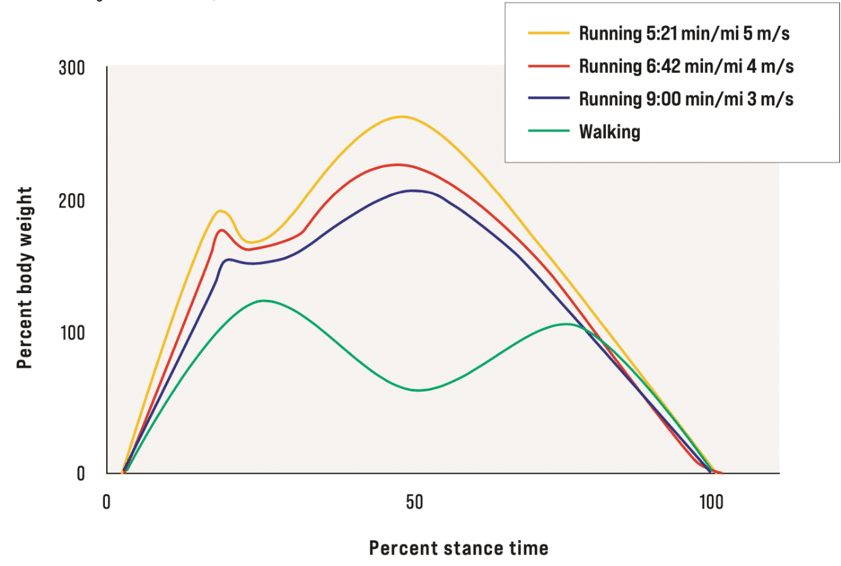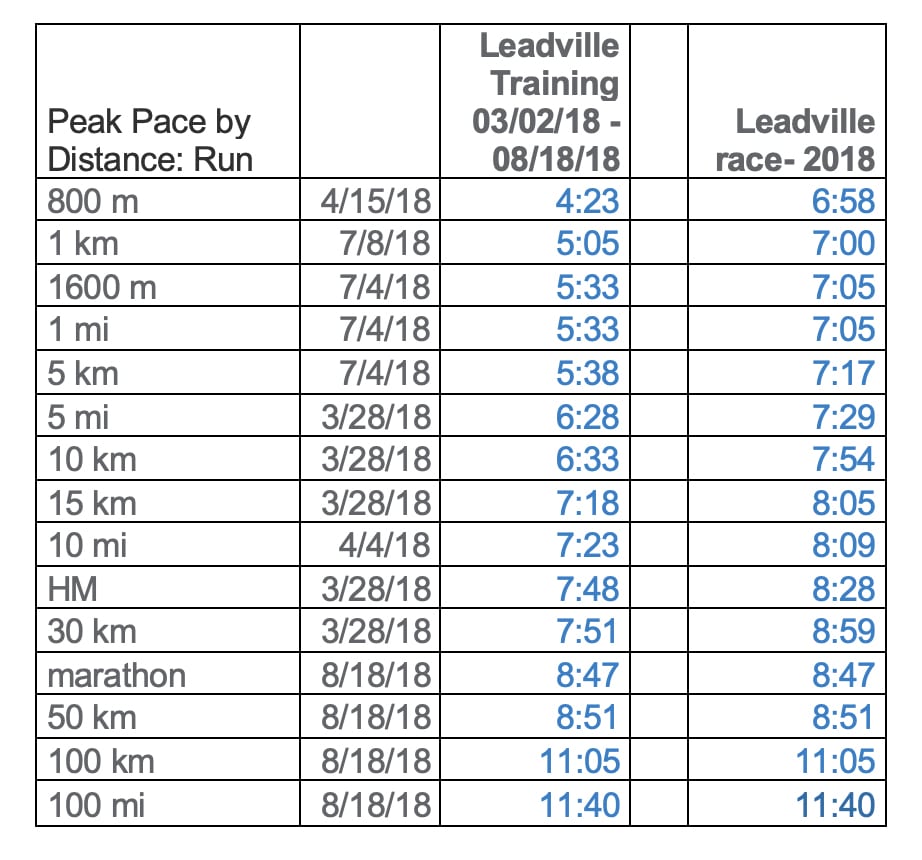
Top 4 Reasons Ultrarunners Should Do More Intervals Uphill
Oh, how we trail runners love and loathe running uphill. Deviations from the horizontal plane elicit agony and euphoria all at the same time. Agony from the heart pumping, legs screaming feeling of increased effort; and euphoria from the accomplishment of reaching the summit. I prescribe intervals to be done uphill roughly 80% of the time. The reasons have little to do with causing agony or euphoria. They have everything to do with a deliberate analysis of ultramarathon demands and how to better prepare athletes for those demands. So, what’s so great about uphill intervals?
The uphill condition elicits a higher cardiovascular response (to a point)
All of our human instincts tell us that running uphill is generally harder than running on the flats. Turns out, that human instinct has been proven in the lab. In graded exercise tests (tests where the intensity increases every few minutes), uphill running generally produces a higher maximum VO2max response compared to flat running. This is one reason why many (but not all) VO2max tests are performed with an uphill component. Translating this theory to practical training, when you do a set of self-paced intervals uphill, you will likely consume more oxygen per minute than you would during a similar set of intervals on level terrain. That increase in oxygen consumption leads to bigger gains down the metabolic food chain.
Uphill running is a hedge against injury
Let’s face it, runners get injured. A lot. In fact, by some measures, up to 70% of runners will lose a day of training due to an injury during any 12-month period (and the other 30% are lying, if you ask me). While the causes of injuries are always multifactorial, one of the prime culprits is the sheer amount of force reverberating through your body during every foot strike. At normal running speeds, each foot fall produces a peak force 2.5-2.8 times your own bodyweight that your feet, legs and body have to contend with. These forces are called ground reaction forces (GRF), which literally means the force that the ground is pushing back on you with every foot strike.
Repeat that process over and over and over, and you have a scenario ripe for overuse injuries. We also know that as we run faster, these GRFs increase. You can see the figure below comparing the vertical GRF at 5:21 min/mile, 6:42 min/mile and 9:00 min per mile. As the pace gets slower, the peak GRF is reduced.

Figure 2-Illustration credit Abby Hall. Adapted from Nilsson and Thorstensson; Keller et al. 1996; Gottschal and Kram 2005; Browning and Kram 2007; Grabowski and Kram 2008.
Uphill running is a hedge against injury by forcing even your most intense workouts to be run at slower pace. Reducing speed, while not reducing RPE or cardiorespiratory demand, takes a bit of the edge off of the cumulative sum of ground reaction forces you experience.
Speed is of little consequence in ultrarunning
Think you are going to get slow doing all of your hard repeats in an uphill condition? Probably not. But even if you did, there would be little, if any consequence. Most ultramarathons are contested at a speed far slower than you run on any daily endurance run. Don’t believe me? Go ahead and take a look at your last 50- or 100-mile race and compare it to your weekly training pace. Chances are your race pace is a good 20%-40% slower than your average pace during any normal training week (or a recovery week, for that matter).
In fact, even if you looked at the fastest paces you run during any ultramarathon, you’d find that they were still markedly slower than what you experience in training. TrainingPeaks has a nifty feature called ‘Peak Pace by Distance’ where you can pick any distance, over any workout or timeframe, and see how fast you were running during that selected time. Below is what my peak paces were during the last time I raced the Leadville Trail 100 compared to the entirety of training leading up to that race. No matter how you slice or dice it, I am consistently running 90 seconds to 2 minutes per mile faster in training than during the race (except for distances over a marathon, which I rarely did in training).
Think about that the next time you lace up your favorite carbon plated supershoe in order to squeeze out an extra 5 seconds per mile on your next interval workout.
► Free Ultrarunning Training Assessment Quiz
Take our free 2-minute quiz to discover how effective your training is and get recommendations for how you can improve.
More time is spent climbing versus descending in ultrarunning.
Here’s a middle school math problem for you. Which is greater: 1% of 4 hours or 1% of 2 hours? Hopefully no one had to pull out your calculator on that one. The fact of the matter is that we spend more time running uphill versus downhill in trail and ultrarunning for any course that has a net zero gain. So, if you are looking at ways to improve your ultimate finish time in an ultra, a few percent improvement in running uphill is going to be worth more than a few percent in a level or downhill condition as a byproduct of simple math. Go and thank your middle school math teacher if you understood this (thanks Ms. Nobles).
The takeaway from all of this is that when it comes to running uphill, it’s time to loathe less and love more. Running uphill does you a lot of good, from helping you run harder during self-paced intervals, reducing cumulative GRF for injury prevention, and helping make you more comfortable and confident in the part of a racecourse where going faster gives a bigger bang for the energy cost.
by Jason Koop,
Head Coach of CTS Ultrarunning
References
Browning, Raymond C., and Rodger Kram. 2005. “Energetic Cost and Preferred Speed of Walking in Obese vs. Normal Weight Women.” Obesity Research 13 (5): 891–899.
Enjoying This Article? Get More Free Running Training Tips
Get our coaches' best training advice, delivered straight to your inbox weekly.
Gottschall, Jinger S., and Rodger Kram. 2005a. “Energy Cost and Muscular Activity Required for Leg Swing During Walking.” Journal of Applied Physiology 99 (1): 23–30.
Keller, T. S., A. M. Weisberger, J. L. Ray, S. S. Hasan, R. G. Shiavi, and D. M. Spengler. 1996. “Relationship Between Vertical Ground Reaction Force and Speed During Walking, Slow Jogging, and Running.” Clinical Biomechanics 11 (5): 253–259.
Kulmala, JP., Kosonen, J., Nurminen, J. et al. Running in highly cushioned shoes increases leg stiffness and amplifies impact loading. Sci Rep 8, 17496 (2018). https://doi.org/10.1038/s41598-018-35980-6
Nilsson, Johnny, and Alf Thorstensson. 1989. “Ground Reaction Forces at Different Speeds of Human Walking and Running.” Acta Physiologica Scandinavica 136 (2): 217–227.



Comments 5
Great article. Good representation of identifying the change in pace while completing an ultra. Coaching challenge I find is a mindset change for my clients as they move from watching their devices on a pace per lap/ mile as they have been doing to an effort based metric – RPE.
Good work. Keep the articles coming! Thank you. Coach K
Pingback: Training to Run Uphill Faster - CTS
Pingback: Ultramarathon Daily News | Thurs, Feb 11 - Yeovil Marathon
Pingback: Ultramarathon Daily News | Thurs, Feb 11 | Ultrarunnerpodcast.com
As always, lovely to read these news letters. Just one question. Where I live hills that are long enough tend to train on have gradients between 10-15%. A lot of material I have read says 5-8% is ideal?
So the question: If i do anything from 2-8min hill repeats and some sections are too steep to run, is It fine to power hike that section, and run again when the gradient allows it? The intensity/RPE/HR will still fall in the prescribed range, I just won’t be running certain section?